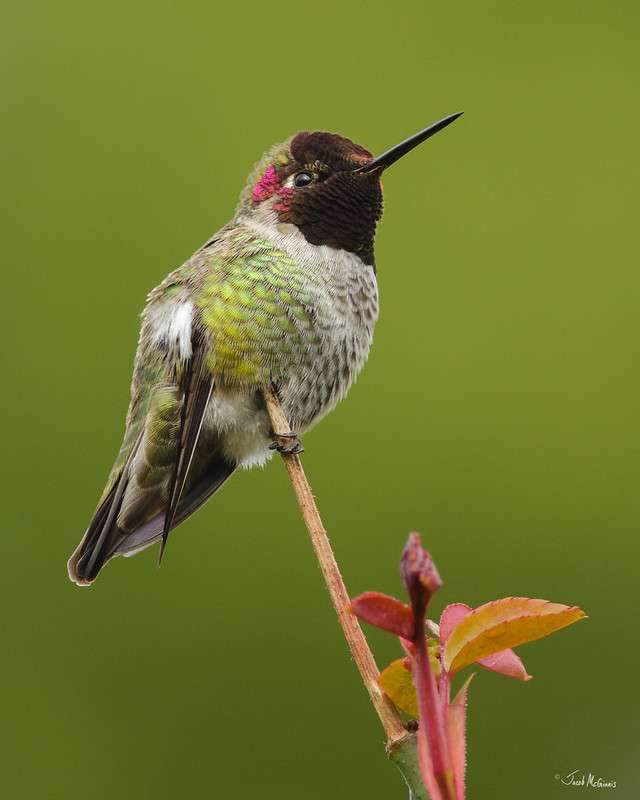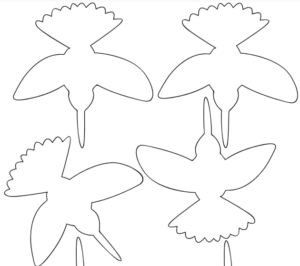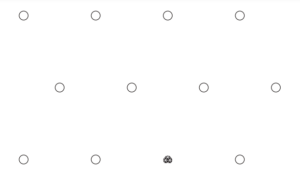Make your windows feather friendly! Dots, stencils, and structures can help make windows visible to birds. This activity will show you how to protect birds from window collisions.
Why do birds crash into windows?
During the day, reflected light poses a severe threat to birds. Birds can see through glass and what is reflected on glass, but they cannot see the glass itself. Some birds have even been observed attacking their own reflection, believing it to be a competing bird intruding on its territory.
Attracted to the reflection of a landscape that is actually behind them, or to a plant that is on the other side of a window, many birds fly straight into windows and reflective building exteriors. Pollinating birds are attracted to specific colours and may get confused by man-made objects.
At night, it is artificial light from our buildings that endangers birds. Many species of birds migrate at night, using light from the moon, the stars, and setting sun to navigate. The bright lights of our urban areas confuse these birds, especially on foggy or rainy nights when the cloud cover is low and birds fly at lower altitudes.
How can we protect birds?
Prevention is the key!
We need to help birds ‘see’ the glass to alert them that it is there.
- Reduce the reflective glass surface conditions, with dots, decals or other window treatments like tape, curtains, or screens
- Turn off the exterior lighting
- Close your shades and curtains at night
- Moving inside plants away from windows
"Male Anna's Hummingbird (Calypte anna)" by Jacob McGinnis is licensed under CC BY-NC 2.0.
Bird Safety Tip:
To help prevent injury or risk of collision, place birdfeeders and/or birdbaths less than a half metre (< 1.5’) or closer from your windows. Over this short distance, birds cannot build up enough momentum to injure themselves if they hit a window. The closer to your window, the better it is for the birds and your viewing.
In this activity, you will investigate your home or building to see if it is bird safe. Then, you can choose from one of the options to make your windows feather friendly!



